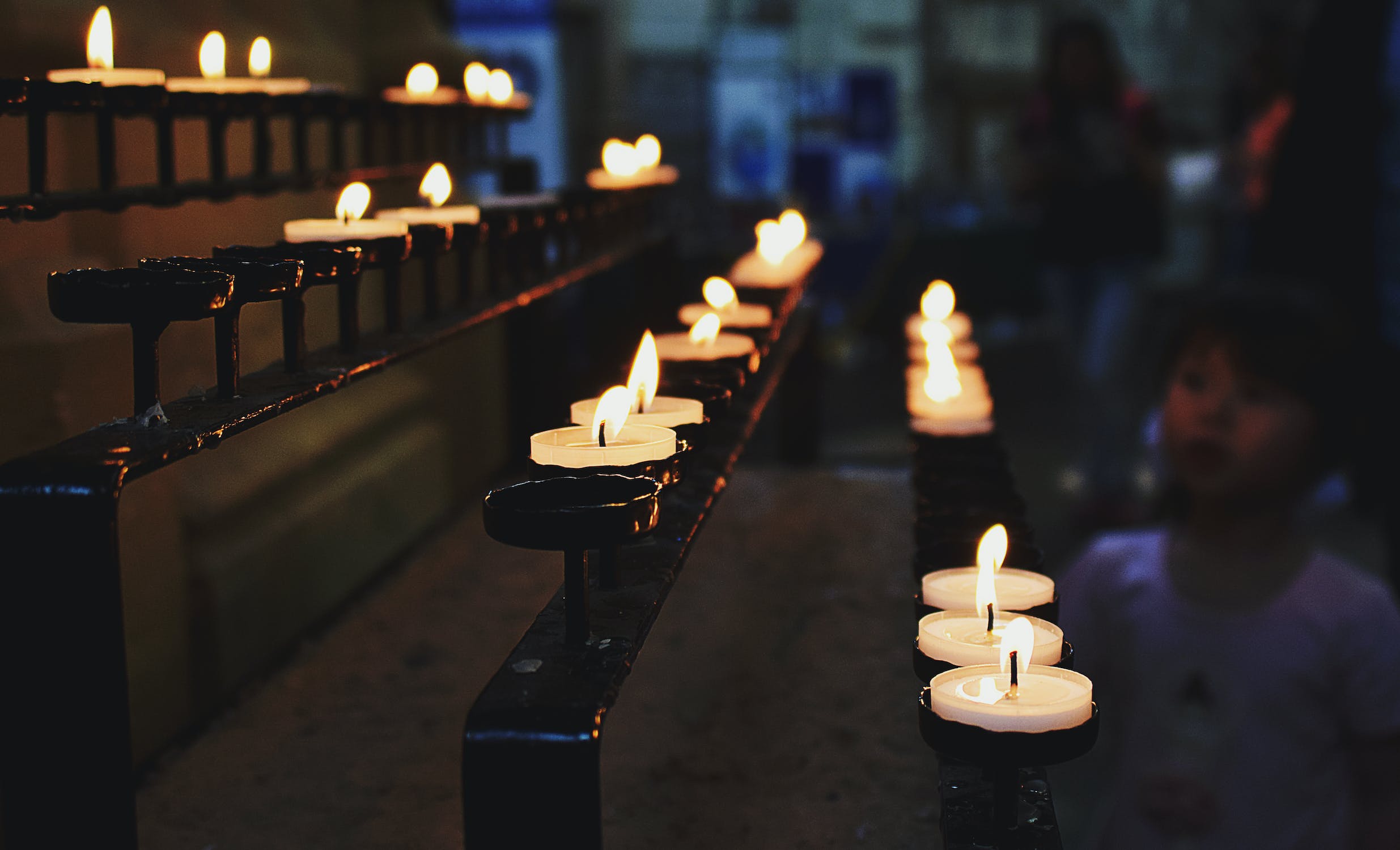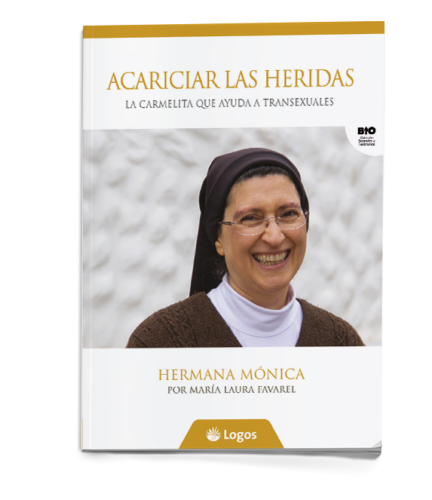“Witches have taken root in this hamlet. Submit yourselves to God and cast out all witches. Purge the evil from among you.”
This notice was posted in Salem, Massachusetts, in 1692.
More than 300 years later, LGBTQ persons are being cast as the new witches. From schools to libraries, legislative floors to judicial chambers, public discourse is obsessed with gay and trans persons. If we can extinguish the coven and break the spell of “gender ideology,” so goes the thinking, then we can save humanity.
This narrative is particularly strong in some Catholic dioceses, where sexuality and gender identity policies are the preferred strategy of defense against the coming so-called “transgender apocalypse.” As in Salem, people boldly claim the witches are upon us, but I want you to know the witches aren’t coming. And I say this with confidence.
Admittedly, my evidence is non-scientific, having been gathered from a voluntary response poll of about 200 Catholic high schools in the Without Exception network. But the results are telling.
Let’s start with a question: How many transgender students have these Catholic schools dealt with ever at the policy level?
Sixteen.
Even if it were 160 kids—even if it were 500 kids—it would still be a tiny number among the entire population we serve, far less than one percent. Sorry, there is no apocalypse. The number is minuscule.
This past May, Mental Health America ranked Colorado last in the country for its gap between adult mental illness and access to care.
Nevertheless, the national dialogue has become terribly heated as of late. Archbishop Samuel Aquila of Denver made that clear in his Wall Street Journal op-ed on December 8. In a column titled “The Media Scapegoat Catholicism for the Club Q Shooting,” Archbishop Aquila correctly argues that the Catholic Church is often treated like a punching bag because of its doctrinal positions on sexuality, gender, marriage and abortion. For the media to suggest these positions are a causal factor in anti-LGBTQ violence represents a “type of irresponsible commentary [that] is increasingly common.”
“Is there evidence that Christian teaching influenced the gunman?” he asks. No, there’s not. “Rather than suffering from overexposure to Catholicism, it seems [the gunman] suffered from being raised in a dysfunctional household.”
Exactly. And this is where our church needs to pause for self-reflection. Because, especially if you follow some Catholic media, you know that we live in our own dysfunctional house.
No, the church does not cause the kind of violence experienced at Club Q, but is there a correlation between the public discourse on LGBTQ issues and other data points? For example, Colorado is ranked in the top 10 states for rates of teen suicide in the United States. Additionally, Colorado Public Radio recently reported that “Colorado breaks mass shooting record as gun deaths rise.” This past May, Mental Health America ranked Colorado last in the country for its gap between adult mental illness and access to care.
In a region that is already struggling with the recoil of another human tragedy, we must ask if the church is honoring the shared vision that it is our responsibility to “guide aright the forces we have unleashed”? (Gaudium et Spes, 9). Or does the rhetoric contribute to the “culture of death,” as named by Pope St. John Paul II? (Evangelium Vitae, 12)
In the same way that the media unfairly caricatures and defames the Catholic Church, does the church do the same to LGBTQ persons?
I think it does. I’ll provide three examples.
First, as Archbishop Aquila writes in his op-ed, “It isn’t discriminatory to tell someone you think his beliefs don’t conform to nature—it’s an act of charity.” However, it’s important to note that official church teaching on sexuality is not about “beliefs” but about “acts” that don’t conform to nature. Choosing the word “beliefs” reinforces the false narrative that sexual orientation is a choice in the realm of ideas.
However, as early as 1991, in “Human Sexuality: A Catholic Perspective for Education and Lifelong Learning,” the United States Conference of Catholic Bishops asserted that a homosexual orientation is “not freely chosen.”
As a side note, to argue that contesting a person’s conformity to nature is “an act of charity” is analogous to the other side arguing that the defense of Catholic doctrine is an act of hate. Neither claim is quite accurate. In neither case do “charity” nor “hate” reflect the real motivations.
Second, the archbishop writes, “One side says we can decide our own identity and the other says our identity is rooted in how and why we were created by God.”
For those of us who know transgender persons in our ministries, it is flatly wrong to caricature them as persons who just “decide their own identity.” That is simply an inaccurate description of what is, for them, a long, arduous and often deeply spiritual journey. Discerning this matter requires the gifts of the Holy Spirit, and it must begin with bishops listening to the voices of LGBTQ persons firsthand. This is what Jesus would do.
Third, the archbishop writes, “Some will say that the church encouraged this violence by not ‘accepting’ those who identify as LGBTQ. On the contrary, the Catholic Church accepts every person.” This is obviously true, but that claim seems hollow when dioceses continue to implement restrictive and often draconian sexuality and gender identity policies across the country.
For those of us who know transgender persons in our ministries, it is flatly wrong to caricature them as persons who just “decide their own identity.”
Archbishop Aquila is right to speak boldly against the anti-Catholic rhetoric in popular media. He also has the humility to say, “The Catholic Church isn’t perfect in its efforts to welcome those who don’t live according to her teachings.” We need to “build understanding rather than sow division,” and that begins “when we can openly discuss our beliefs without caricaturing each other and assuming evil intentions.” But that goes both ways.
The first thing we need to do is admit there are no witches among us.
Editor’s Note: An earlier version of this article incorrectly attributed authorship of the Archdiocese of Denver’s policy to the Person and Identity Project. The policy is attributed to the Archdiocese of Denver. As the Denver policy discloses, it incorporates language from a previously unpublished document written by Theresa Farnan, PhD; Susan Seiner-Wright, PhD and Mary Rice Hasson, JD, who would later work for the Person and Identity Project (PIP). The Denver policy was published before PIP was launched.
Additionally, the article incorrectly asserted that the archdiocese’s policy outed a transgender student. The relevant section of the policy intended to illustrate a narrative example of situations facing Catholic schools, but uses a fictitious name and does not identify a specific student.
Outreach regrets these errors.




0 Comments